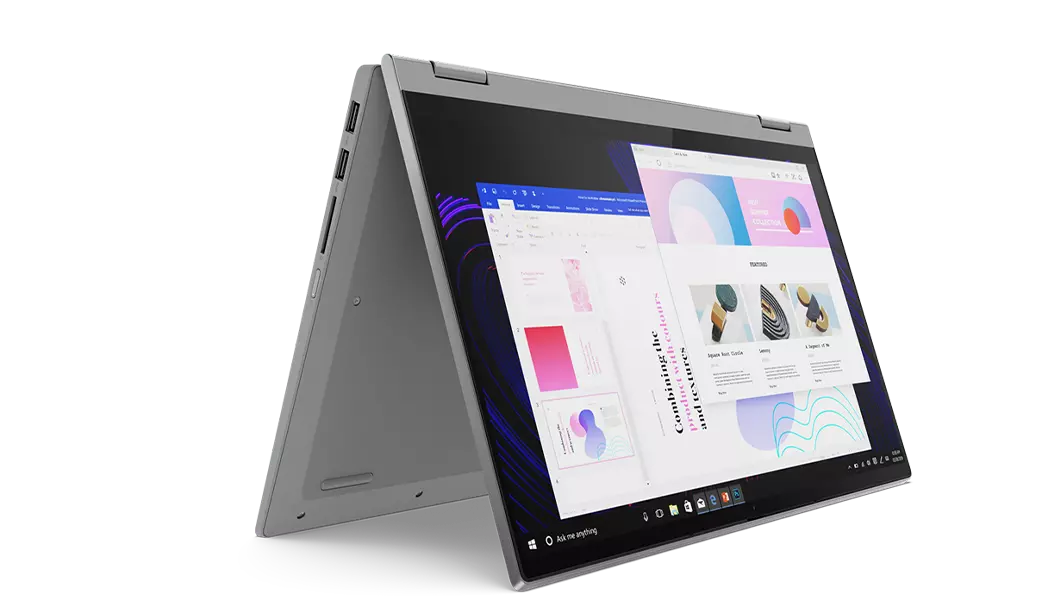

I have a Windows Server 2012 R2 Std (with GUI) server running Hyper-V. I'm going to tell myself it was seppuku because you knew you belonged in a Dell. I'm about to give up but I figured this was worth a shot!Įdit: R.I.P. Even with the Basic Adapter, you can't change the 800 pixel-wide resolution. Every driver I have found except the Microsoft Basic Display Adapted (which won't let me even chance resolution) has the same effect: As soon as the driver is installed and the device updates, the screen goes black and the computer stops replying to ping/RDP.

I tried the one on the Dell site and the same thing (I expected as much since it was older). I went to the Nvidia site and download the most recent version of the driver, but had the same result. I installed the Nvidia control panel, and it updated the driver for my card, which worked! I could change my resolution, and everything looked good.Until I rebooted and the issue came back the computer started crashing at the Windows screen again. I booted into safe mode, removed the drivers, rebooted, and sure enough it came back. The computer stays on, but its screen goes black and it stops responding to pings. Now when I reboot, the Lenovo splash screen and Windows screen are clearly at the wrong resolution, and the computer crashes. I threw some RAM in an old ThinkCentre with an i7 3770 and put in a GTX 745, put Windows 10 on it, and am building an emulator/Windows arcade game thing.Įverything worked until I updated the driver to the NVidia driver (from the Microsoft Basic Display Adapter). If it doesn't fit let me know, but I figured that I'm a moron so it seemed to fit: Move all but one of the shares to a different server and see if you can find one(sies) that is/are getting a load of traffic/causing your problem Like a slingshot and some USBs.Ĭlear our the local profiles (after you make sure everyone's files are moved from them) Use OneDrive, or Google Drive, or Dropbox, or anything that's not a networked SMB share. I dunno how to check that in Hyper-V, but I'd guess it's in Event Viewer and easy to Google as well.Ī couple just, shot-in-the-dark things you can try:

Maybe there's a better way to do that in Hyper-V, but I'm a VMware guy /shrug.Īre you in a clustered VM host environment? In VMware check for DRS and see if there's some kind of login rush (or whatever) in the morning that's making servers bounce around all all congregate on one/just a few hosts. If you're in Hyper-V you can find similar information by checking Event Viewer (which is sounds like you've done) or from the guest VM by setting up proc mon on the disks/RAM/CPU/network adapters on the guest OS (it's pretty easy to Google your way through that).

Make sure you're using the VMXnet adapters if possible. I'd start by looking at resource utilization.Īre you running on VMware? If so check the Events and Alarms on that VM for high utilization on the disks, compute resources, or networks adapters.


 0 kommentar(er)
0 kommentar(er)
